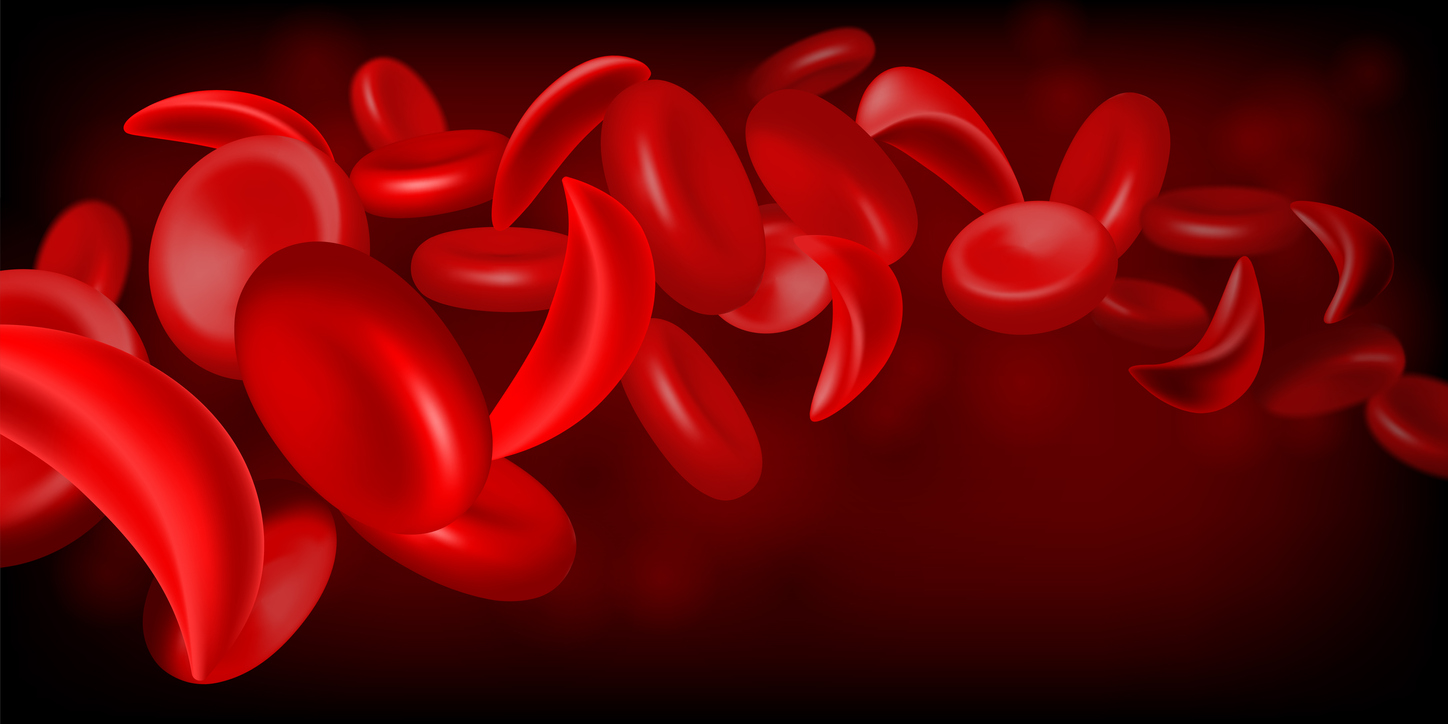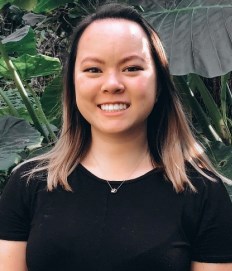
The most prevalent genetic disorder in the United States is sickle cell disease (SCD), which is a group of inherited red blood cell disorders that are lifelong and affects nearly 100,000 Americans.1,2,3 Though SCD can affect any ethnic group, Black and Hispanic populations are disproportionately impacted in the United States.3 Individuals with SCD produce abnormal hemoglobin, a protein found on red blood cells (RBC) that carries oxygen, resulting in their RBC becoming rigid and sickle shaped.1,2 Healthy RBCs are round and move easily to carry oxygen throughout the body; however, the rigid, sickle-shaped RBCs can get stuck in small vessels and clog the blood flow.1 This can cause pain and other serious health complications in individuals, such as severe pain, stroke, acute chest syndrome (a condition that causes chest pain, cough, fever and lower levels of oxygen in the blood), organ damage, and, in some cases, premature death.2
A report by the Centers for Medicare and Medicaid Services (CMS) found that approximately 50% of the U.S. SCD population are covered by Medicaid.2 Through the passage of the Affordable Care Act, patients with SCD and other pre-existing conditions can no longer be denied insurance coverage, and they have coverage for preventive services, such as vaccines for pneumonia and influenza, at no cost share, which are important for individuals living with SCD.4 Although there are more individuals in the U.S. living with SCD than any other genetic conditions, they have considerably less access to comprehensive, coordinated care.5 It has been demonstrated that comprehensive, coordinated care can improve the livelihood of children and adults with SCD, but such delivery of care is not supported by existing payment models.
In California, the need to provide a more comprehensive care model to the SCD population is critical as people with SCD in California have a lower life expectancy than the national average for people with SCD. In response, Loma Linda University Health (LLUH) has developed a Sickle Cell Disease Center to provide comprehensive services for adults with SCD in California’s Inland Empire region (San Bernardino and Riverside Counties), which houses the second largest population of individuals with SCD in California, Inyo County, and Mono County. Furthermore, LLUH is a designated center for Networking California for Sickle Cell Care Initiative (NCSCC), which aims to increase access to preventive and coordinated care for Californians with SCD.
The Sickle Cell Disease Comprehensive Care Act (H.R. 6216) introduced in the U.S. House of Representatives would establish and provide funds for a demonstration project for state Medicaid programs for up to 10 states to improve outpatient care for individuals with SCD. The legislation focuses on young adults and pregnant women and aims to improve clinical, mental health, ancillary, and support services, thereby reducing overall and long-term costs.6 Establishing this program would allow for the development of a payment model under Medicaid that would pay for coordinated comprehensive healthcare delivered by SCD centers, eliminating the existing barriers and allowing for coordinated care delivery to young adults with SCD to improve health outcomes and reduce long term costs.2,6 The legislation would also require reporting and evaluation to study the results of the demonstration project.6,9
Another federal bill, the Sickle Cell Disease Treatment Centers Act of 2022 (H.R. 8855), directs the Department of Health and Human Services to award grants for establishing SCD treatment centers that operate using a hub-and-spoke framework to provide integrated, longitudinal healthcare for patients with the disease and individuals with sickle cell trait.7 Furthermore, it would authorize $535 million in annual funding to support hospitals that offer SCD specialized care to partner with more accessible community health and outpatient centers to support SCD treatment, research, and education.7,8
The proposed bills offer a bold and new system-wide approach to structuring comprehensive care for SCD. The introduction and passing of these bills have the potential to dramatically improve the lives of individuals living with SCD, filling a largely ignored gap and longstanding inequity in the current healthcare landscape for those suffering from SCD.
Author Bio

Renée Chuang, M.S.
Renée completed her undergraduate education in Biochemistry and Sociology at the University of Oregon. She then received her Master of Science in Global Health at National Taiwan University. Currently, she is pursuing her DrPH in Health Policy and Leadership at Loma Linda University School of Public Health. Her research interests include patient-provider relationships and provider well-being. When she is not studying, she can be found exploring local coffee shops in LA or training for a half-marathon.
References:
1. https://www.cdc.gov/ncbddd/sicklecell/facts.html
5. https://www.cdc.gov/ncbddd/sicklecell/data.html
6. https://www.congress.gov/bill/117th-congress/house-bill/6216
7. https://www.congress.gov/bill/117th-congress/house-bill/8855
